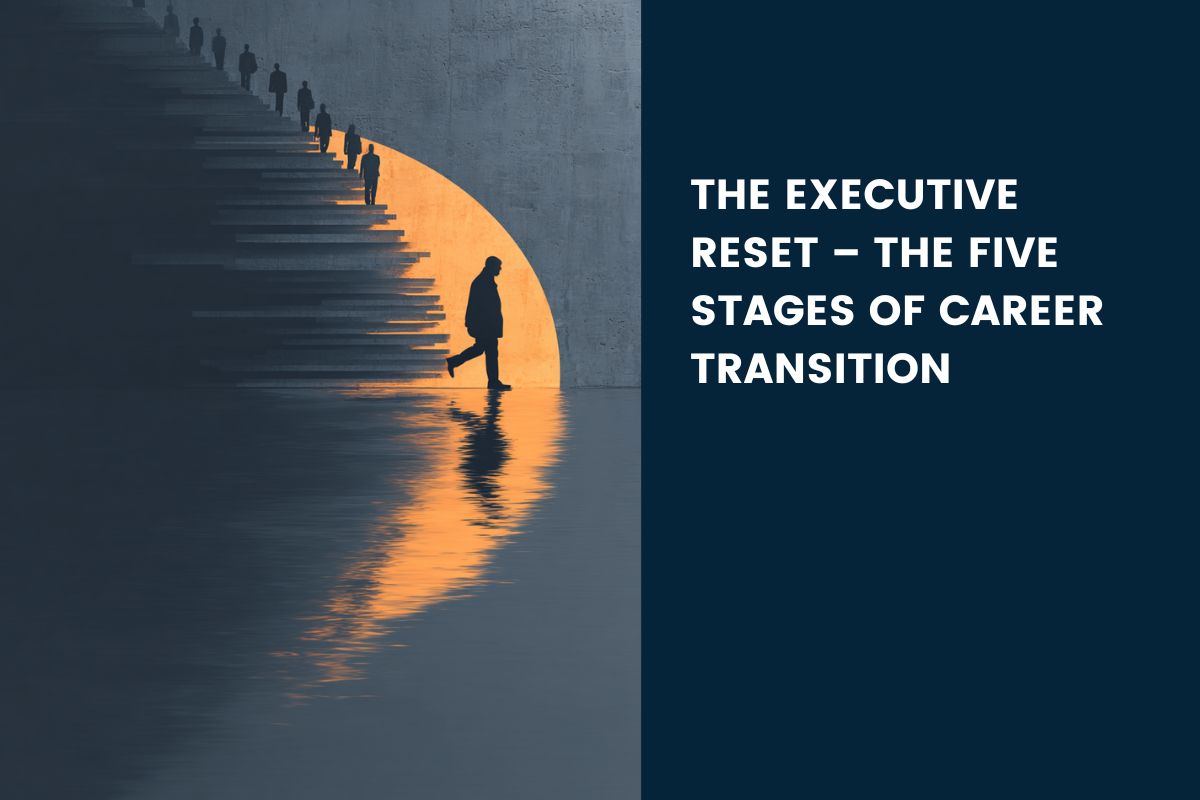Why employer branding matters
An employer brand influences recruitment, engagement, and retention. According to Universum’s 2025 trends report, job seekers expect employers to demonstrate authentic values, invest in well-being, prioritise diversity and offer flexibility. A strong employer brand reduces recruitment costs and improves retention by aligning expectations with reality. For senior executives and heads of people, employer branding is also an expression of organisational strategy: it signals your purpose to investors, customers, and partners.
Trend 1: Employee advocacy and storytelling
Employees are powerful brand ambassadors. Universum’s research indicates that employee advocacy—using storytelling to share authentic experiences—has become a crucial component of employer branding. By encouraging staff to share their stories, organisations humanise their brand and build trust. Practical actions include:
➜ Cultivating a culture of storytelling: Provide platforms where employees can share successes, challenges, and personal growth. Recognise and amplify their voices across internal and external channels.
➜ Training brand advocates: Educate employees about the company’s mission, values and EVP so they can communicate them confidently.
➜ Highlighting leadership visibility: People want to know who runs the company. Leaders who engage visibly and transparently strengthen the employer brand.
Employee advocacy works when experiences match the narrative. Leaders must ensure that policies, culture and management behaviours reflect the stories they share.
Trend 2: Wellbeing as a core element
Wellbeing is no longer a “nice to have”; it is central to the employee experience. The Global Wellness Institute reports that organisations focusing on wellbeing see productivity gains of up to 20% and higher retention. In Universum’s survey, 21% of students prioritised mental health initiatives when choosing an employer.
To embed wellbeing in employer branding:
➜ Design supportive policies: Offer mental health resources, flexible leave and access to wellness programs. Address psychosocial risks and stigma openly.
➜ Train leaders in wellbeing intelligence: Leaders should integrate wellbeing into decision-making, balancing performance with care.
➜ Measure and communicate: Track wellbeing metrics—such as engagement, burnout and retention—and communicate progress. Transparency about wellbeing initiatives builds credibility.
Authenticity is essential. Superficial perks cannot compensate for a stressful or toxic environment.
Trend 3: Diversity, equity and inclusion (DEI)
Diverse organisations are more innovative, profitable and better at problem solving. Universum’s report notes that fair treatment and inclusion metrics are integral to employer branding. Candidates increasingly expect employers to prioritise diversity across gender, ethnicity, First Nations representation, disability and LGBTQ+ identities. Practical steps include:
➜ Review recruitment processes: Remove bias from job descriptions, interviewing and promotion practices. Use diverse panels and structured interviews.
➜ Set measurable goals: Publicly commit to diversity targets for leadership and board representation. In Australia, only seven board seats are held by First Nations leaders, highlighting the need for proactive efforts.
➜ Create inclusive cultures: Train leaders to build psychological safety and address bias. Foster employee resource groups and mentorship programs.
➜ Report and celebrate progress: Transparency about DEI efforts signals accountability and helps attract candidates who value inclusion.
DEI must be integrated into every aspect of the EVP, not treated as a separate initiative.
Trend 4: Flexibility and remote work
Flexible work arrangements have become a non‑negotiable for many professionals. Universum found that 30 percent of students value flexible work schedules, reflecting a broader shift towards autonomy and trust. Hybrid and remote models also broaden the talent pool beyond geographic boundaries. To leverage flexibility:
➜ Offer choice: Provide a range of work arrangements—remote, hybrid and on‑site—to accommodate different roles and preferences.
➜ Communicate expectations: Set clear performance indicators and collaboration norms. Focus on outcomes rather than hours.
➜ Invest in tools: Ensure employees have the technology and support needed to work effectively from any location.
➜ Address equity: Prevent a two‑tier culture by ensuring remote workers have equal access to career opportunities and leadership visibility.
Flexibility is most effective when paired with trust, clear communication and inclusive practices.
Trend 5: Sustainability and corporate social responsibility
Environmental and social responsibility have moved from fringe concerns to mainstream expectations. Universum notes that 32 percent of students prioritise employers that invest in employee development, while 26 percent value environmentally friendly operations. To build a sustainable employer brand:
➜ Align with purpose: Integrate sustainability into your mission and business strategy. Commit to carbon reduction, responsible sourcing and community impact.
➜ Engage employees: Encourage participation in sustainability initiatives and volunteer programs. Showcase how employees contribute to social impact.
➜ Communicate results: Publish annual sustainability reports and celebrate progress. Transparency builds trust with both employees and candidates.
Sustainability connects employer branding to broader corporate reputation. It shows that the organisation takes its obligations to people and planet seriously.
Trend 6: Career development and learning opportunities
Employees want to grow. Providing clear pathways for development increases retention and enhances your employer brand. Universum reports that investment in employee development is a key differentiator.
Actions include:
➜ Personalised learning: Offer curated learning programs, mentoring and coaching. Executive coaching can enhance leadership skills, self‑awareness and performance.
➜ Internal mobility: Encourage employees to explore different roles and functions. Rotational programs build organisational knowledge and resilience.
➜ Transparent career paths: Clearly outline progression criteria and opportunities. This transparency fosters trust and motivation.
Career development should align with strategic priorities; investing in the capabilities you need for the future benefits both employees and the organisation.
Trend 7: Authenticity and transparency
Authenticity underpins all employer branding trends. Candidates and employees are increasingly sceptical of polished messages if they do not reflect reality. Universum stresses the importance of transparent salary structures, visible leadership and honest communication.
To cultivate authenticity:
➜ Close the say–do gap: Align policies and behaviours with stated values. If diversity, wellbeing or flexibility are promoted externally, ensure they are experienced internally.
➜ Communicate openly: Share both successes and challenges. Authentic storytelling resonates more than perfection.
➜ Listen and act: Gather feedback through surveys and focus groups, and act on insights. Show employees that their voices drive change.
Authenticity requires humility and a willingness to address shortcomings. It is a journey rather than a marketing campaign.
Building a compelling EVP
A well‑defined employee value proposition articulates what employees gain by working for your organisation. To build a compelling EVP:
➜ Understand your audience: Gather insights from current employees and target candidates about what they value. Segment by career stage, function and personal priorities.
➜ Articulate unique benefits: Highlight distinctive aspects of your organisation—such as purpose, career opportunities, culture, flexibility, wellbeing programs and community impact.
➜ Ensure internal alignment: Align your EVP with organisational strategy, culture and leadership behaviours. Employees should feel the EVP in their day‑to‑day work.
➜ Communicate consistently: Integrate the EVP into recruitment, onboarding, performance management and internal communications. Use language that reflects your brand voice and resonates with your audience.
➜ Measure and refine: Monitor recruitment metrics, engagement surveys and turnover rates to assess the EVP’s effectiveness. Adjust messaging and programs based on feedback and changing expectations.
Galvin‑Rowley Executive partners with organisations to craft employer branding strategies that reflect authentic values and resonate with senior talent. Our executive search and interim appointments services help organisations find leaders who champion wellbeing, diversity and sustainable business practices.
Winning the war for talent requires more than offering competitive salaries and perks. A compelling employer brand and EVP demonstrate that your organisation values its people, lives its purpose and invests in growth and wellbeing. By embracing employee advocacy, wellbeing, diversity, flexibility, sustainability, career development and authenticity, boards and C‑suite leaders can attract and retain top executives and professionals. Employer branding is not a one‑off campaign—it is a continuous commitment to aligning what you say with what you do.





